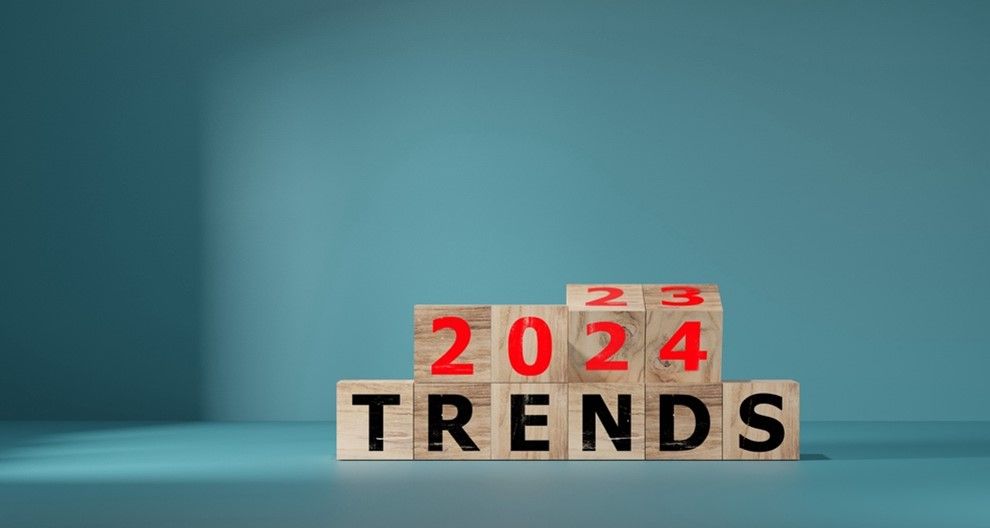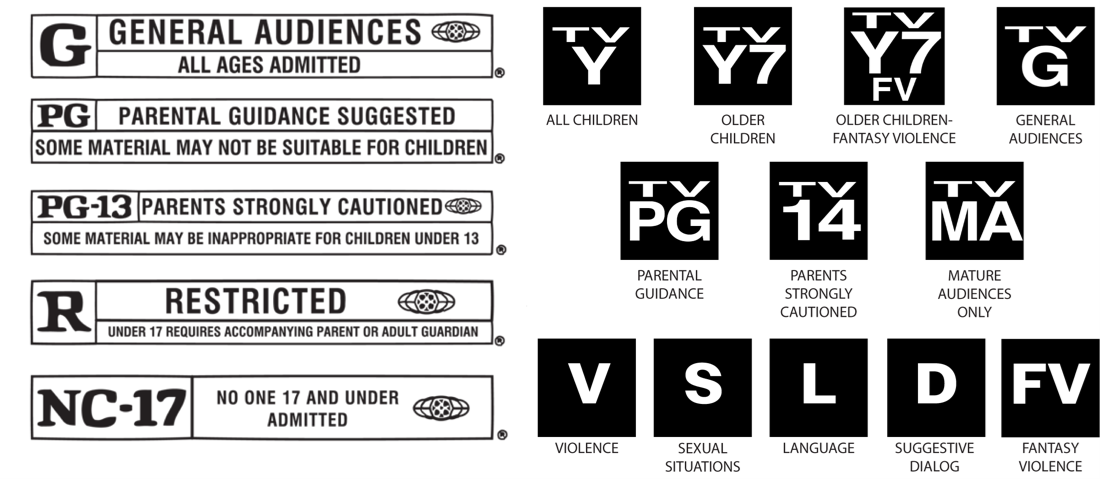The Cultural Landscape of Horror Films
How horror films navigate global content restrictions
“Great green globs of greasy, grimy gopher guts,
Mutilated monkey meat.
Dirty little birdie feet.
Great green globs of greasy, grimy gopher guts,
That’s what I like to eat.”
Source: Mid-20th Century children’s song, sung to the tune of “The Old Gray Mare”
Did you know that Halloween, and similar celebrations, are found in many countries worldwide?
In the US, Canada, and Ireland, Halloween is celebrated on October 31 with trick or treating, costume parties, and games. Its origins date back to the ancient Celts, when people believed it was the day that the ghosts of the dead returned to earth. As we do today, they wore costumes to help ward off any evil spirits they encountered. Día de Los Muertos (Day of the Dead) is a Latin American and Spanish three-day celebration from October 31 to November 2. It pays tribute to the dead who, it is believed, return to their homes on Earth each Halloween for a reunion with their living relatives. In England, Guy Fawkes Day is celebrated on November 5 with fireworks and bonfires to commemorate the execution of the famous English traitor. While these celebrations may not share the same origin story, they have one thing in common: dead people.
Comedies, dramas, horror, and thriller titles using these celebrations or themes have been mainstays of the Fall release schedule for generations. The first of the famous “Halloween” horror franchise starring Jamie Lee Curtis was released in 1978. To date, the franchise has grossed more than $750M worldwide. Disney’s 2017 animated release “Coco” celebrated Día de Los Muertos, featured the first all-Hispanic cast, and grossed over $807M worldwide. While there haven’t been many films about Guy Fawkes, a mask that resembles him was a key feature in the 2005 film “V for Vendetta” and has become a popular Halloween costume in the US and UK.
These are the more mainstream titles in the “Horror and Suspense” genre. There is a significant difference between those and the gorier and more disturbing films entering the marketplace. How do they fare in today’s increased regulatory and cultural scrutiny climate? Let’s look at a few recent titles and examine the differences in their ratings.
Global ratings aren’t universal
“NOPE” is the third horror genre film from director Jordan Peele. Released in 2022, it is the story of the owners of a financially troubled horse-handling business and their encounters with an extra-terrestrial at a rural California ranch. The film includes scenes with strong language and depicts violent death, blood splatter, child abduction, and agonized screams as the alien devours its victims. “NOPE” earned an “R” rating in the US for “language throughout and some violence/bloody images.” Except for Singapore (NC16) and Malaysia (18), every other country that rated “NOPE” rated it lower: Italy gave it a “6+”, it got a “G” in Japan, and a “12” rating in Columbia, Egypt, Germany, South Korea, Spain, Switzerland, and Taiwan. To date, the film has grossed $171M worldwide.
The AMC television series “The Walking Dead” includes content regulators find objectionable and affect its ratings. The series follows a Kentucky county sheriff who awakens from a coma to discover the world in the grip of a zombie apocalypse. Sex and nudity, violence and gore, alcohol and drug use, and frightening scenes are commonplace throughout the episodes. Typical scenes include bloody body parts, cannibalism, gun violence, and graphic zombie deaths. The series has earned a TV-MA rating in the US (inappropriate for ages under 17) and has similar or higher ratings in most countries where it is available. There are a few exceptions. It earned a “13+” rating in Quebec, Canada, a “VM14” in Italy, and a “15” in Sweden.
The cultural differences between horror and gore ratings
So why the differences? The answer comes down to culture. Culture is reflected in the age rating, which is also impacted by how the title is distributed. It is not uncommon for a title to have different theatrical, TV, streaming, and DVD ratings. Horror films are good examples of this phenomenon because they are often edited differently to comply with specific country guidelines for each distribution platform. If you want to learn more about those differences, please see our previous blog posts on the topic, which you can find here and here.
Platform aside, the critical factors in assessing horror titles to determine an appropriate age rating include:
- Does the horror have any violence, e.g., blood, bodies, mutilations, etc.?
- Would the horror frighten children? If it would, then does it mitigate that impact, such as a positive ending, uplifting music, or humor?
- How does it end? Is everyone saved, or does everyone die?
- Is the horror realistic? Is this more like a psychological thriller, gory like “The Grudge,” or offers no socially redeeming value like “Human Centipede?”
- What's the pacing? Is it fast-paced with lots of jump scares, or is it slower-paced, relying on the cinematography and effects to create the tension?
- Is the cause supernatural or extra-terrestrial? Though countries have become less sensitive to the supernatural, there remain a few where supernatural themes get higher ratings, especially countries like China, Vietnam, and Indonesia.
- Is the fear constant, or are there breaks for other emotions?
How these factors function varies widely by country, and the ratings reflect the differences. Brazil, for example, will not rate any title containing “scary” content as acceptable for audiences younger than ten years old. The Netherlands provides lower ratings for titles if the terrified victim is saved from the source of the terror. Slovakia and other Eastern European countries have rules that raise the ratings if scenes include physical transformations from human to something else (like a werewolf) or serial killers as characters. Germany focuses on the cinematography to determine how graphic it is, e.g., out-of-focus, in the shadows, or in your face. Denmark will change ratings based on whether the scene is a “good thrill” or horrific. As horror films have become more graphic, regulators tend not to assign a rating lower than 16+, effectively limiting their reach to young adults and older audiences.
Horror films may not be everyone’s cup of tea, but they are a significant entertainment genre that generates considerable revenue for creators, distributors, and platforms. How age ratings are assessed is a good primer for understanding how the rating process works and how cultural interpretations of events and scenes matter.
Decisions on appropriately preparing a title for wide release are best left in the hands of the people who created it. Using Spherex technologies, creators and distributors can identify content that will impact an age rating as early as the final script draft through a finished cut. Using our cultural playbook, creators can identify objectionable content within a title and determine the extent to which compliance edits are necessary for it to reach its optimal audience. Contact Spherex today to learn how we can help you maximize your title’s audience and revenue.
Related Posts


SILICON VALLEY
2336-H Walsh Ave.
Santa Clara, CA 95051
+1(408) 550-2344
LOS ANGELES
3900 W Alameda Ave.
Burbank, CA 91505
+1(310) 496-7307









